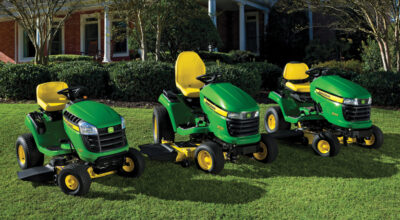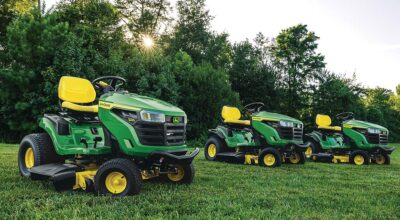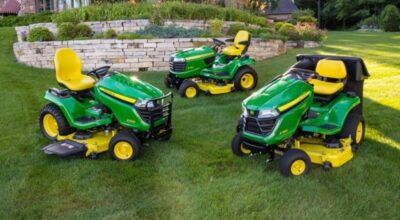Having a vibrant lawn is a source of pride for many homeowners. Unfortunately, good intentions don’t always translate to a healthy lawn. To ensure your yard stays happy and healthy, we’ve compiled the ten most frequent yard and lawn care mistakes and what to do instead. From choosing the right type of grass to addressing drainage issues, we’ve got you covered.
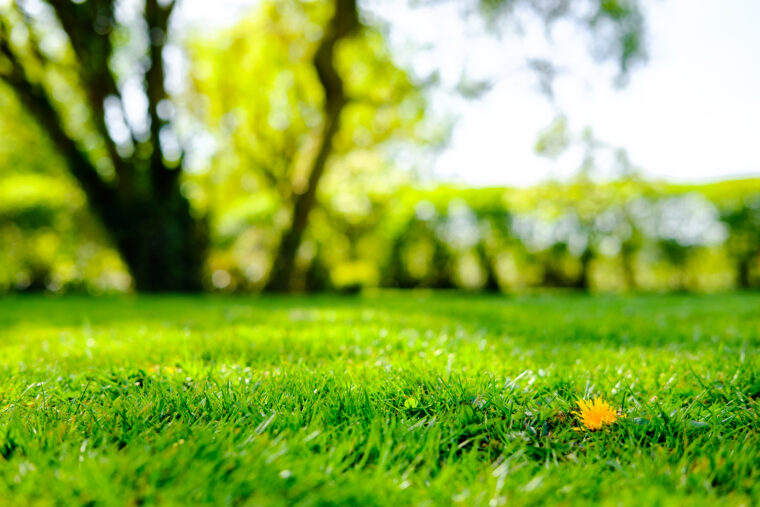
Why You Should Know These Yard and Lawn Care Mistakes
A flourishing lawn that’s the envy of the neighborhood only happens by chance. Attentive lawn owners understand lawn care requires more than occasional mowing and watering. It demands knowledge of landscaping best practices and the pitfalls to avoid.
Even seasoned gardeners can fall victim to common mistakes that compromise the health and appearance of their lawns. Whether you already have a green thumb or are just starting your journey, learning from others’ experiences can help you avoid common pitfalls and cultivate a vibrant lawn.
What are the Most Common Yard and Lawn Care Mistakes?
While every lawn is unique, a few universal best practices apply to every homeowner. The following are ten of the most common lawn upkeep mistakes — and what to do instead:
1. Using the Wrong Type of Grass for the Climate
A healthy lawn requires selecting the correct type of grass for the climate, determined by factors like temperature, sunlight, and soil type. Research the grass types suitable for your region to avoid compromising your yard. Consider factors like heat resistance, drought tolerance, and cold hardiness. Understanding your climate and choosing the appropriate grass variety helps ensure a resilient and vibrant lawn.
2. Cutting the Grass Too Short
Maintaining the ideal grass height is a delicate balance. Cutting too short can harm the plant by restricting its ability to absorb sunlight and weakening the root system while leaving it too long can result in an unruly appearance. Follow the one-third rule, which advises never to cut off more than one-third of the grass length in a single mow. This practice promotes a deeper root system and a healthier lawn.
3. Not Using the Right Tools for Maintenance Tasks
Whether mowing, pruning, or aerating, using the right tools for the job is crucial. Dull or damaged tools can prolong the time needed for basic tasks, cause harm to your lawn and plants, and ultimately impact the overall appearance of your yard. Investing in high-quality lawn equipment designed for specific lawn care needs will go a long way toward beautifying your lawn and reducing the time it takes to complete lawn care tasks.
4. Improper Pruning of Trees and Shrubs
Reaching for the shears with proper pruning knowledge can positively impact your trees and shrubs’ health, appearance, and longevity. Follow recommended best pruning practices, including cutting at the right time, in the right places, and with the right tools to promote the longevity and appearance of your foliage.
5. Mowing with Dull Mower Blades
Many lawn owners overlook the importance of sharpening their mower’s blades. Neglecting this task can harm the appearance and health of your yard. A poorly maintained mower will shred the grass blades, resulting in an uneven cut and making the plant more susceptible to diseases and insect damage. Regular lawn mower maintenance, especially at the start of each season, ensures a clean cut and contributes to a healthier lawn.
6. Excessive Use of Chemical Pesticides and Herbicides
While pesticides and herbicides are valuable in deterring unwelcome insects and weeds, excessive use can harm your lawn and the environment. Keep herbicide and pesticide use to a minimum and opt for alternatives like manual weeding. This approach helps preserve the well-being of beneficial organisms like bees and earthworms, maintaining the health of your lawn’s ecosystem.
7. Neglecting to Winterize the Lawn Properly
While winter might seem like a time for your yard to slumber, a few key steps can set it up for a vibrant spring awakening. In the fall, rake your lawn to remove leaves that smother plants and cut grass shorter to protect it from heavy piles of leaves and snow. Then, apply a thin layer of soil that will act as compost to nourish new growth. During the winter, try to protect plants and trees from the snow by brushing off branches and bushes or creating small shelters over plants.
8. Not Addressing Drainage Issues
Poor drainage can lead to waterlogged soil, root rot, moss growth, and an overall unhealthy lawn. Identify and address drainage issues promptly to prevent water accumulation. Regularly inspect your lawn for drainage problems. If you notice water pooling in certain areas, consider solutions like aerating compacted soil or adjusting the lawn’s slope to support your lawn’s health.
9. Irregular Inspection and Repair of Irrigation Systems
Homeowners often approach irrigation systems with a set-and-forget mindset. But it’s important to check your sprinkler system regularly to ensure nothing is malfunctioning and that grass is getting evenly watered. A well-maintained irrigation system should cover the lawn evenly without water wastage, ensuring the grass is healthy and vibrant.
10. Not Protecting the Lawn from Foot Traffic or Pet Damage
A yard is meant to be enjoyed, but heavy foot traffic and playful pets can take a toll, leaving behind compacted soil, bare patches, and damaged grass. However, choosing between a pristine lawn and outdoor fun is unnecessary. To minimize damage while ensuring you get the most out of your green haven, consider designating paths to minimize concentrated foot traffic, training pets to use specific areas, and adopting landscaping solutions to keep pets and people out of sensitive zones.
Avoid These Yard and Lawn Care Mistakes with John Deere Equipment
Transforming your outdoor space into a source of pride and admiration starts with avoiding common lawn care mistakes. By embracing the right strategies and equipment, like lawn and garden tractors, you can cultivate a healthy and vibrant yard that can be enjoyed for years to come.
John Deere offers a range of tools designed to make lawn care easier and more effective. From mowers and lawn tractors to attachments and implements, contact your local John Deere dealer to explore suitable options for your lawn care routine.
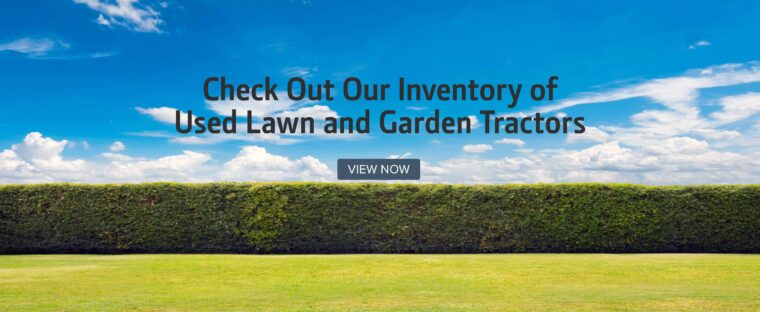
If you enjoyed this post or want to read others, feel free to connect with us on Facebook, Pinterest, Twitter, or Instagram!

